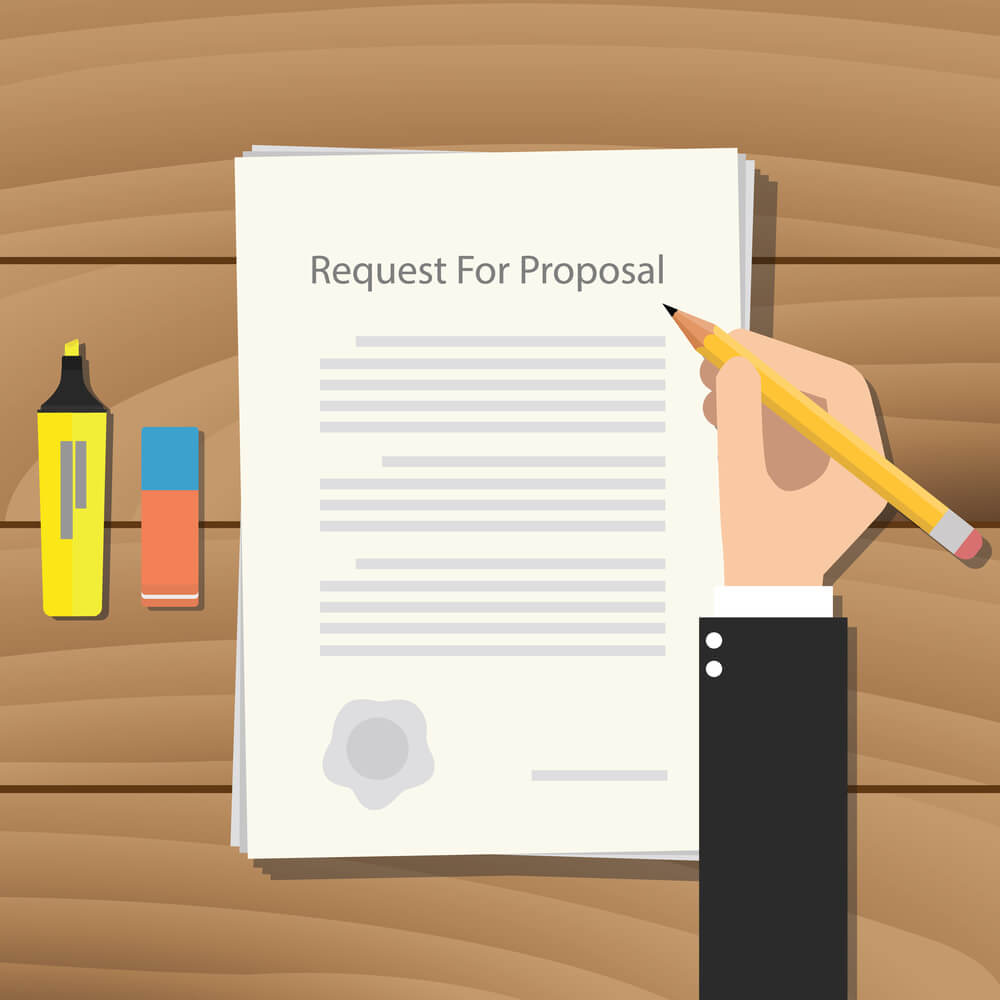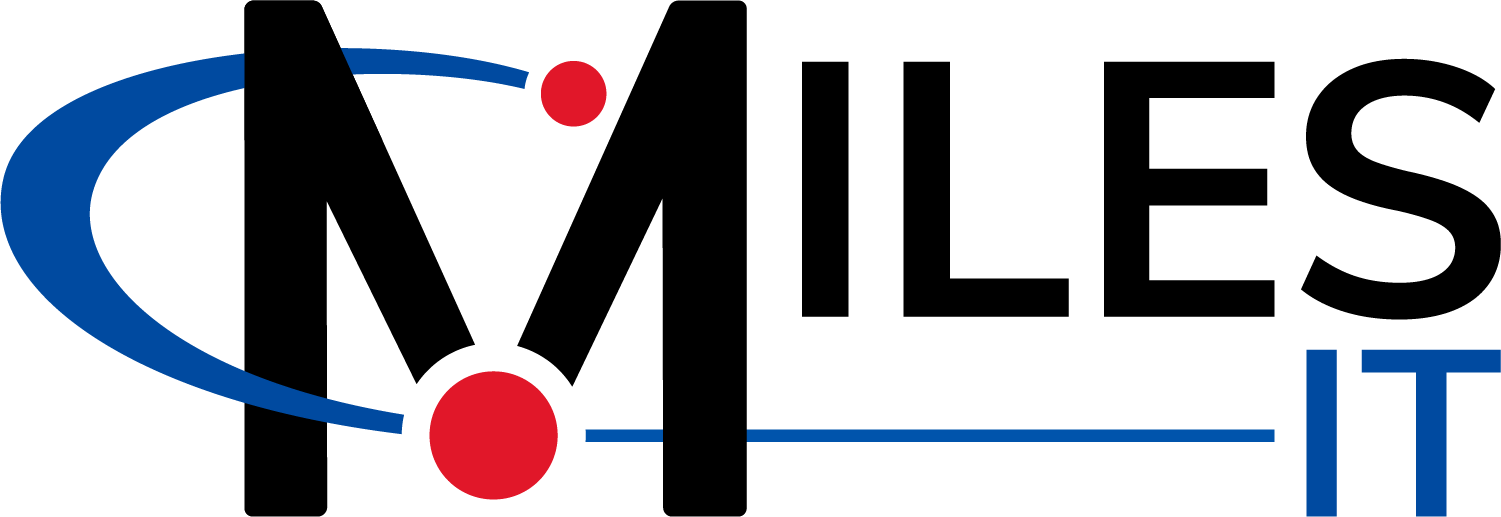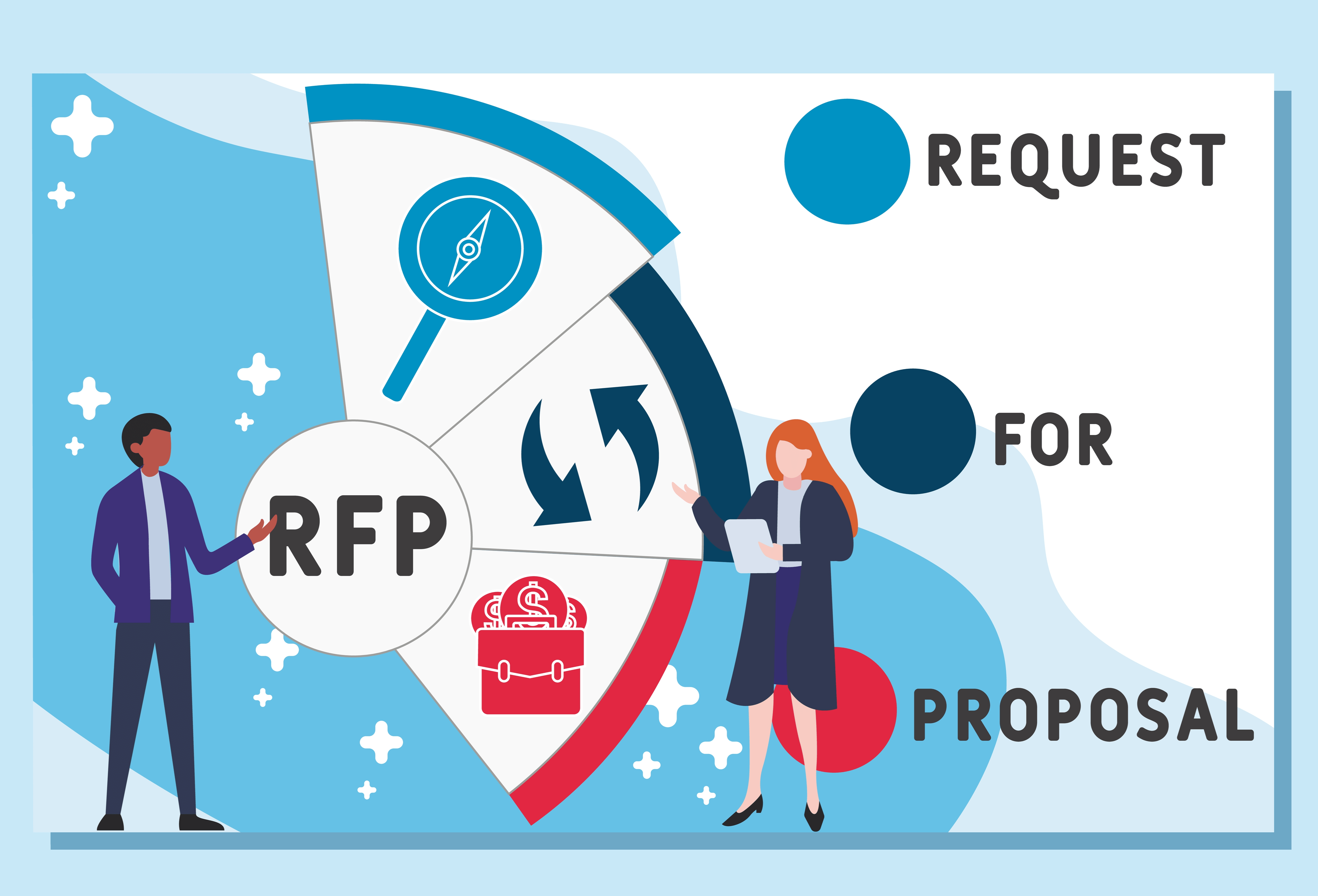Ready to start your next software development project?
A proper Request for Proposal (RFP) will provide you and potential suitors with a framework for matching your needs to their capabilities.
If you’re unfamiliar with the RFP process, review the information in this article. Then, use the sample RFP template provided to get started on writing your own.
If you need help evaluating the software estimates you receive, you can check out this guide
Register to get your free RFP template
What should an RFP for software development include?
The purpose of creating an RFP is to help select the vendor best fit for your project.
To accomplish this, be precise in your goals and expectations.
Now is also the time to request any information that will allow you to efficiently and effectively evaluate potential suitors.
Your RFP should include:
- Organization background
- Project vision and goals
- Current process (if applicable)
- Functional requirements (capabilities of the software)
- Non-functional requirements (ex: cost, scalability, user interface)
- Submission guidelines and dates
Let’s get started!
How to write an RFP for software development in 6 steps

1. Organization Background
The first section of your RFP should provide details about your organization, including purpose, mission, value, years in business, and relevant current initiatives.
As each vendor has its areas of expertise, a clear background is vital for identifying a vendor that truly understands your business type and objectives.
The more aligned your business is with the vendor’s skillset, the better recommendations you’ll receive.
2. Vision & Value
This section should specify the value of the project that you are anticipating.
What exactly are you expecting to get out of this solution?
If relevant, include details on your current process and expectations of what the process should look like after the project is complete.
If multiple teams or stakeholders will benefit from your project, it is best to describe each group and the expected benefits.
3. Current Process [if applicable]
You can skip this section if you do not have an established process.
If the goal of your project is to improve on an existing process, describe that process, the people involved, and any issues experienced.
This information will be crucial when collaborating with the development team.
4. Functional Requirements
Now is the time to provide a clear overview of your vision for what the software will do.
You will want to include visuals that convey high-level processes. Additionally, you can wireframe mockups to convey key areas of the system’s appearance.
This can help create clarity of vision for potential vendors and open opportunities for questions and value-added suggestions.
If you do not have a Software Business Analyst with experience writing project requirements, then do your best to provide a high-level description of what you expect the software to accomplish.
If you have an experienced Business Analyst, provide greater detail about user stories and functional requirements.
In either case, you should convey that the requirements are preliminary and open to collaboration. This will leave an opportunity to discuss technical constraints or opportunities that could affect the vision, effort, timeline, or cost.
It can also be valuable to include visuals that convey the high-level processes for key areas for your system’s appearance.
5. Non-Functional Requirements
This section should contain specific expectations beyond what the system should do.
You should include non-functional requirements in situations where:
- You already have technology stack requirements because you have in-house resources taking over the project.
- You are bound to security or compliance requirements due to outside regulatory or in-house policies.
- Creating standards will ensure improved collaboration and consistency, particularly if the developer works with other vendors or in-house team members.
If you have any areas of concern, request information on how the software vendor will address the issue in the submission guidelines.
Examples of non-functional requirements:
- Security
- Performance
- Project management
- Resources
- Release processes
- Hosting
- User interface
6. Submission Guidelines
This section should convey the requirements you expect to receive in your proposal submissions.
At this point, you’ve provided vendors with all the project information they need.
Now, your goal is to gather the information you need!
Take this time to ask questions that will enable you to decide which developer matches your requirements best.
You should provide requirements that you expect to receive in your proposal submissions.
Recommended Submission Guideline Requirements
As part of your submission process, you should gather the information that will allow you to assess whether the vendor has the capacity and capabilities to succeed on this project.
This may include:
- History
Relevant experience on projects of similar complexity
- Process Maturity
Do they have standard processes and tools for project management, quality control, task management, and communications? How do they handle version control of the code?
- Team
Does the team have all roles necessary for a successful project, including software architects, developers, project managers, business analysts, and quality control? Ask general requisitions about the team size and makeup.
**As you get closer to picking a partner, you should inquire deeper with questions:
- What happens if someone on the project can no longer work (illness, turnover, etc.)?
- How are situations handled where team members are not performing at the pace or quality that is expected?
- What is the minimum level of experience necessary for a developer to work on my project?
- Timeline & Price
Can the vendor provide a solution in a timeline and budget that will give the necessary return on investment?
- Ongoing Support
After the project is complete, does the vendor provide ongoing support? Who will be responsible for break/fix maintenance, ensuring the system is secure and runs fast?
The next question you should answer: Can I work with this vendor successfully?
As part of your submission process, you should gather the information that will allow you to assess whether you and the vendor are likely to have a trusting business relationship.
To accomplish this, ask about the company’s mission, purpose, and references.
While the references are likely to be the vendor’s best examples, they still provide excellent insights into how the company collaborates with its customers.
You can also ask to see any contracts or standard agreements as a means to evaluate what level of legal review and negotiation may be required.
Lastly, provide clarity on what the proposal process looks like!
It is essential to share dates for key steps in the proposal process, including confirmation of interest and proposal submission dates.
Now it’s time to get started on your RFP!
Use our free RFP template to get yourself started.
Between this article and our provided template, you should be able to create a clear framework for your needs.
Register to get your free RFP template
Frequently Asked Questions
Below are some of the most common questions related to software RFPs.
What is RFP for software development?
An RFP for software development is a Request For Proposal. It is a common mechanism for requesting proposals from software vendors for software development projects.
How do I create an RFP template?
To get started, check out our free template. This ready-to-go template allows you to simply insert information related to your organization and project. Give it a try!
How do you write a request for proposal for software development outsourcing?
It is best to consider your target audience. This may include US-based software development firms, overseas or nearseas development firms, outsourced developers, or hourly software contractors. The best target audience will depend on the size and complexity of your project, scalability and security needs, budget, and what inside skills and expertise you possess.
For most significant projects, you should only look to outsource software developers directly if you have strong in-house project management, business analysis, QA, and architect resources and processes. From there, it is best to use this RFP toolkit to help you fill in the rest.
What is the request for proposal process?
The request for proposal process is what organizations go through to evaluate potential vendors to work on their projects. The process varies from organization to organization but typically includes sending an RFP to potential suitors, an opportunity for vendors to ask questions, and then a review and acceptance process.
Who writes an RFP?
RFPs are written by different roles in different organizations. An RFP may be written by either an individual person or a team, depending on the nature of the project and organization.


